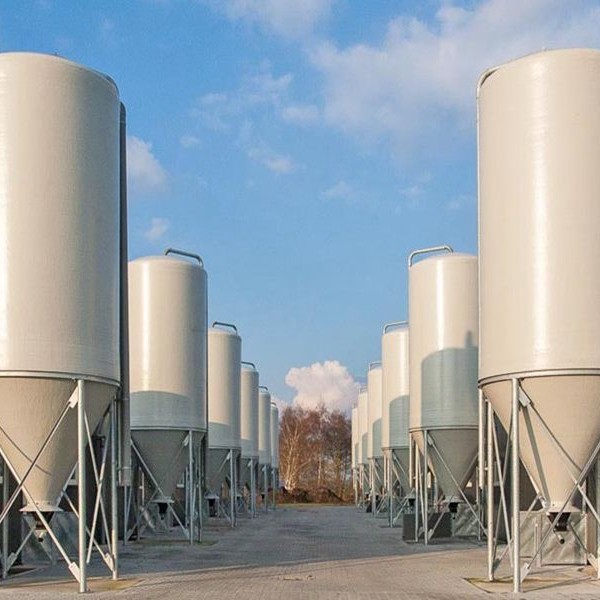
-
 Afrikaans
Afrikaans -
 Albanian
Albanian -
 Amharic
Amharic -
 Arabic
Arabic -
 Armenian
Armenian -
 Azerbaijani
Azerbaijani -
 Basque
Basque -
 Belarusian
Belarusian -
 Bengali
Bengali -
 Bosnian
Bosnian -
 Bulgarian
Bulgarian -
 Catalan
Catalan -
 Cebuano
Cebuano -
 China
China -
 China (Taiwan)
China (Taiwan) -
 Corsican
Corsican -
 Croatian
Croatian -
 Czech
Czech -
 Danish
Danish -
 Dutch
Dutch -
 English
English -
 Esperanto
Esperanto -
 Estonian
Estonian -
 Finnish
Finnish -
 French
French -
 Frisian
Frisian -
 Galician
Galician -
 Georgian
Georgian -
 German
German -
 Greek
Greek -
 Gujarati
Gujarati -
 Haitian Creole
Haitian Creole -
 hausa
hausa -
 hawaiian
hawaiian -
 Hebrew
Hebrew -
 Hindi
Hindi -
 Miao
Miao -
 Hungarian
Hungarian -
 Icelandic
Icelandic -
 igbo
igbo -
 Indonesian
Indonesian -
 irish
irish -
 Italian
Italian -
 Japanese
Japanese -
 Javanese
Javanese -
 Kannada
Kannada -
 kazakh
kazakh -
 Khmer
Khmer -
 Rwandese
Rwandese -
 Korean
Korean -
 Kurdish
Kurdish -
 Kyrgyz
Kyrgyz -
 Lao
Lao -
 Latin
Latin -
 Latvian
Latvian -
 Lithuanian
Lithuanian -
 Luxembourgish
Luxembourgish -
 Macedonian
Macedonian -
 Malgashi
Malgashi -
 Malay
Malay -
 Malayalam
Malayalam -
 Maltese
Maltese -
 Maori
Maori -
 Marathi
Marathi -
 Mongolian
Mongolian -
 Myanmar
Myanmar -
 Nepali
Nepali -
 Norwegian
Norwegian -
 Norwegian
Norwegian -
 Occitan
Occitan -
 Pashto
Pashto -
 Persian
Persian -
 Polish
Polish -
 Portuguese
Portuguese -
 Punjabi
Punjabi -
 Romanian
Romanian -
 Russian
Russian -
 Samoan
Samoan -
 Scottish Gaelic
Scottish Gaelic -
 Serbian
Serbian -
 Sesotho
Sesotho -
 Shona
Shona -
 Sindhi
Sindhi -
 Sinhala
Sinhala -
 Slovak
Slovak -
 Slovenian
Slovenian -
 Somali
Somali -
 Spanish
Spanish -
 Sundanese
Sundanese -
 Swahili
Swahili -
 Swedish
Swedish -
 Tagalog
Tagalog -
 Tajik
Tajik -
 Tamil
Tamil -
 Tatar
Tatar -
 Telugu
Telugu -
 Thai
Thai -
 Turkish
Turkish -
 Turkmen
Turkmen -
 Ukrainian
Ukrainian -
 Urdu
Urdu -
 Uighur
Uighur -
 Uzbek
Uzbek -
 Vietnamese
Vietnamese -
 Welsh
Welsh -
 Bantu
Bantu -
 Yiddish
Yiddish -
 Yoruba
Yoruba -
 Zulu
Zulu
grp car
The Rise of GRP Cars Revolutionizing the Automotive Industry
In an age where sustainability and innovation take center stage, the automobile industry faces significant challenges and transformations. Among the various advancements, Glass Reinforced Plastic (GRP) cars have gained prominence for their unique properties and potential to revolutionize the automotive landscape. This article explores the benefits, challenges, and future of GRP cars, shedding light on why they are becoming an increasingly popular choice for manufacturers and consumers alike.
What is GRP?
GRP, or Glass Reinforced Plastic, is a composite material made by combining plastic with glass fibers. This combination results in a lightweight yet incredibly strong material that offers numerous advantages over traditional materials like steel and aluminum. GRP is highly corrosion-resistant, has excellent thermal and electrical insulation properties, and is easily moldable into complex shapes. These attributes not only enhance the performance of vehicles but also contribute to greater design flexibility.
The Advantages of GRP Cars
1. Weight Reduction One of the most significant benefits of using GRP in automotive manufacturing is the substantial reduction in vehicle weight. Lighter cars consume less fuel and produce lower emissions, making them more eco-friendly. This aligns with global trends towards sustainability and better fuel efficiency.
2. Corrosion Resistance Unlike metal, GRP does not rust. This inherent property extends the lifespan of vehicles and reduces maintenance costs for both manufacturers and consumers. The longevity of GRP components makes them an attractive option for various applications in the automotive sector.
3. Design Flexibility GRP can be molded into intricate shapes, allowing for more creative and aerodynamic designs. This flexibility in design not only enhances the aesthetic appeal of vehicles but also improves their performance by reducing drag.
4. Cost-Effectiveness While the initial manufacturing process for GRP parts can be more expensive than traditional materials, the long-term savings due to lower maintenance and repair costs can offset these expenses. Additionally, the ability to produce complex shapes without extensive tooling reduces production costs.
grp car

5. Environmental Impact With increasing scrutiny on the environmental impact of the automotive industry, GRP cars offer a viable solution. Their energy efficiency and potential for recycling position them as a forward-thinking alternative in an era focused on reducing carbon footprints.
Challenges in GRP Car Manufacturing
Despite the apparent advantages, the transition to GRP cars is not without its challenges. Manufacturers face hurdles in terms of production scalability and the initial investment required for new technologies. Additionally, the perception of GRP materials as less durable compared to traditional options can pose a barrier to consumer acceptance.
Another challenge lies in the recycling of GRP materials. While advancements are being made in this area, the composite nature of GRP complicates recycling processes. Developing effective and economically viable recycling methods for used GRP components remains a critical obstacle.
The Future of GRP Cars
Looking ahead, GRP cars are set to become a significant component of the automotive market. As manufacturers invest in research and development, advancements in GRP technology will likely address current challenges. Innovations in production techniques and recycling processes will further enhance the viability of GRP vehicles.
Moreover, as consumer attitudes shift towards sustainability, the demand for eco-friendly vehicles is anticipated to grow. The combination of lightweight construction, reduced emissions, and design versatility positions GRP cars favorably in this burgeoning market, promising a bright future.
Conclusion
In conclusion, GRP cars represent a promising advancement in automotive technology. Their multitude of benefits, from weight reduction and corrosion resistance to design flexibility and environmental sustainability, showcases their potential to reshape the industry. While challenges remain, ongoing research and consumer demand for greener alternatives signal that GRP vehicles may soon become a mainstay on our roads, paving the way for a more sustainable and innovative automotive future. The journey toward widespread adoption of GRP cars is just beginning, but the possibilities it presents are indeed exciting for both manufacturers and consumers alike.









